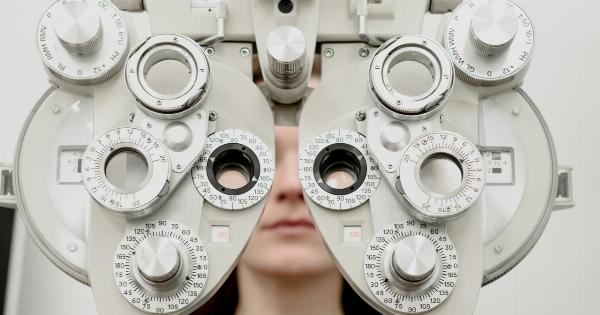The field of corneal transplantation has witnessed significant advancements in recent years, leading to improved outcomes and increased patient satisfaction.
One such development is the introduction of innovative methods for performing partial corneal transplants. These procedures offer numerous advantages over traditional full-thickness transplantation, including faster recovery times, reduced risk of complications, and better visual outcomes.
In this article, we will explore some of the cutting-edge techniques being used in corneal partial transplants.
Lamellar Keratoplasty: A Precise Approach
Lamellar keratoplasty, also known as partial-thickness corneal transplantation, is a surgical technique that involves replacing only the diseased or damaged layers of the cornea while leaving the healthy layers intact.
This procedure offers several benefits, including a lower risk of tissue rejection and a faster healing process. One of the most notable methods of lamellar keratoplasty is:.
Descemet’s Stripping Automated Endothelial Keratoplasty (DSAEK)
DSAEK is a revolutionary technique that focuses on replacing the endothelial layer of the cornea, which is responsible for maintaining corneal clarity. During DSAEK, a small incision is made in the eye, and the damaged endothelial tissue is removed.
Then, a clear, healthy donor graft containing endothelial cells is inserted into the eye through the incision. This method is considered less invasive than traditional full-thickness transplants and offers quicker visual recovery.
Deep Anterior Lamellar Keratoplasty (DALK)
DALK is another innovative method that targets diseases affecting the cornea’s anterior layers while preserving the endothelium.
In this procedure, a microkeratome or femtosecond laser is used to create a precise cut, separating the diseased tissue from the healthy layers. The donor tissue is then transplanted onto the affected area. DALK reduces the risk of endothelial rejection, making it an excellent option for patients with conditions such as keratoconus and corneal scars.
Pre-Descemet’s Endothelial Keratoplasty (PDEK)
Pre-Descemet’s endothelial keratoplasty is a relatively new technique that involves transplanting both the Descemet’s membrane and the endothelial tissue.
Unlike DSAEK, which only replaces the endothelium, PDEK provides better structural support to the recipient’s cornea. By preserving the Descemet’s membrane, this technique enhances visual outcomes and reduces the chances of graft dislocation.
Femtosecond Laser-Assisted Keratoplasty
Femtosecond laser technology has revolutionized various branches of ophthalmic surgery, including corneal transplantation.
This innovative method allows surgeons to create precise, customizable incisions in the cornea, resulting in improved graft alignment and wound healing. Femtosecond laser-assisted keratoplasty offers enhanced surgeon control and reduced surgical trauma when compared to traditional manual techniques.
Combined Techniques: DMEK and DALK
In certain cases where both the posterior and anterior layers of the cornea are affected, a combined procedure utilizing two different partial-thickness transplantation techniques may be appropriate.
By performing Descemet’s membrane endothelial keratoplasty (DMEK) in combination with deep anterior lamellar keratoplasty (DALK), surgeons can effectively address complex corneal conditions, achieving optimal visual and anatomical results.
Safety and Efficacy
With any surgical procedure, safety and efficacy remain of paramount importance. The innovative methods discussed above have demonstrated excellent outcomes in terms of both patient satisfaction and surgical success rates.
The reduced invasiveness and improved precision offered by these techniques contribute to faster visual rehabilitation, quicker wound healing, and minimized risk of complications.
Conclusion
Innovative methods of corneal partial transplantations, such as DSAEK, DALK, PDEK, femtosecond laser-assisted keratoplasty, and combined techniques, have revolutionized the field of corneal transplantation.
Through these advanced procedures, patients experience improved visual outcomes, reduced recovery times, and enhanced safety profiles. As technology and surgical techniques continue to advance, the future of corneal transplantation looks promising, offering hope to countless individuals suffering from corneal diseases.



























